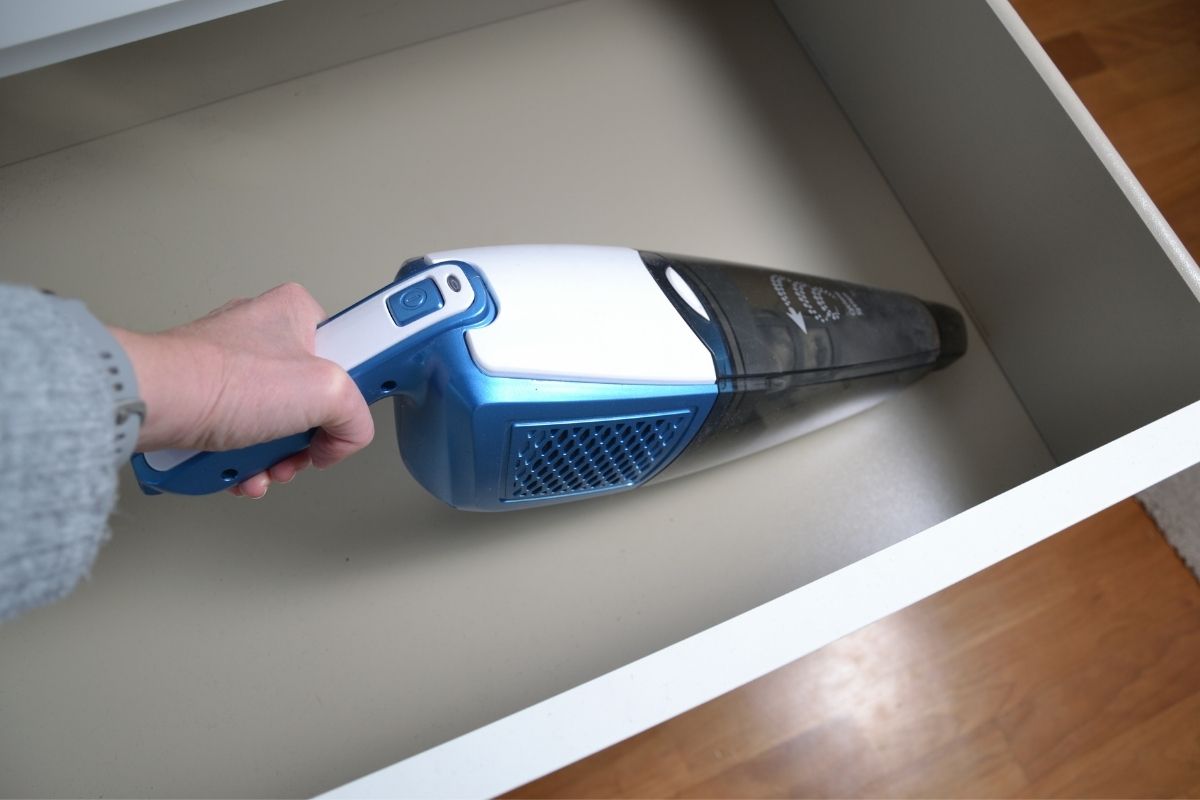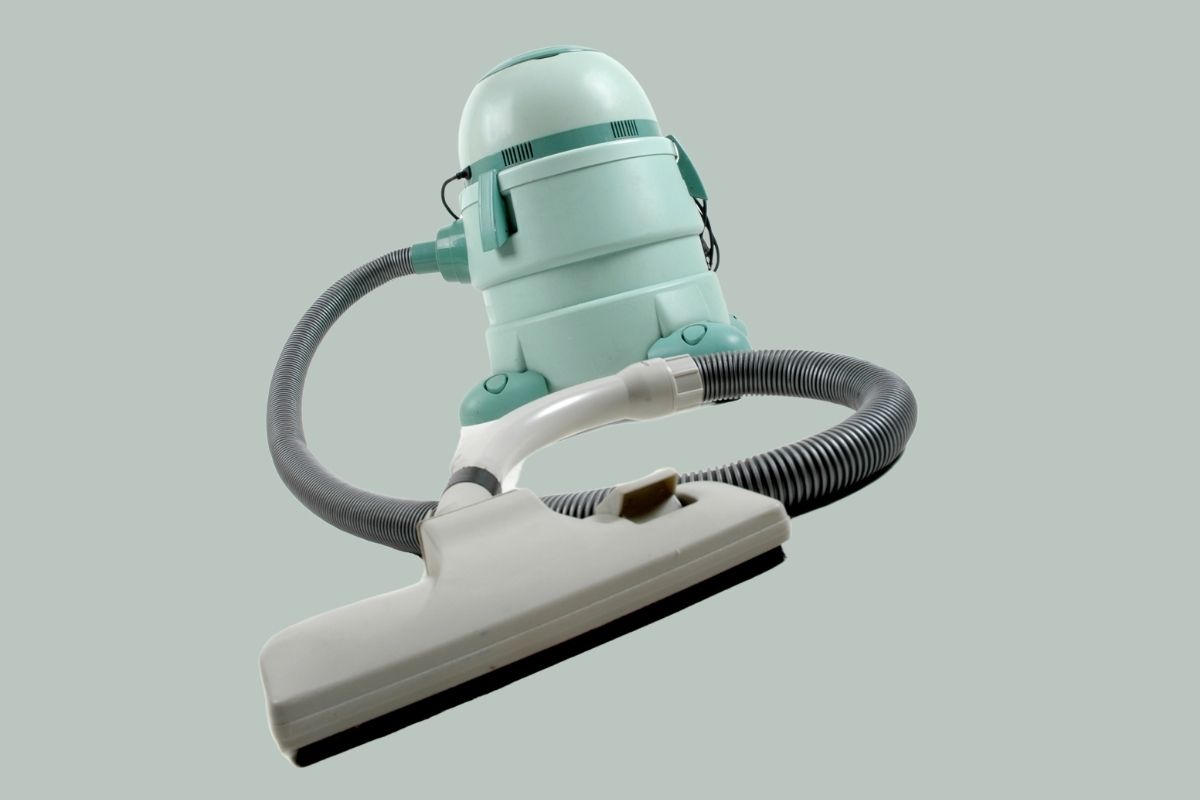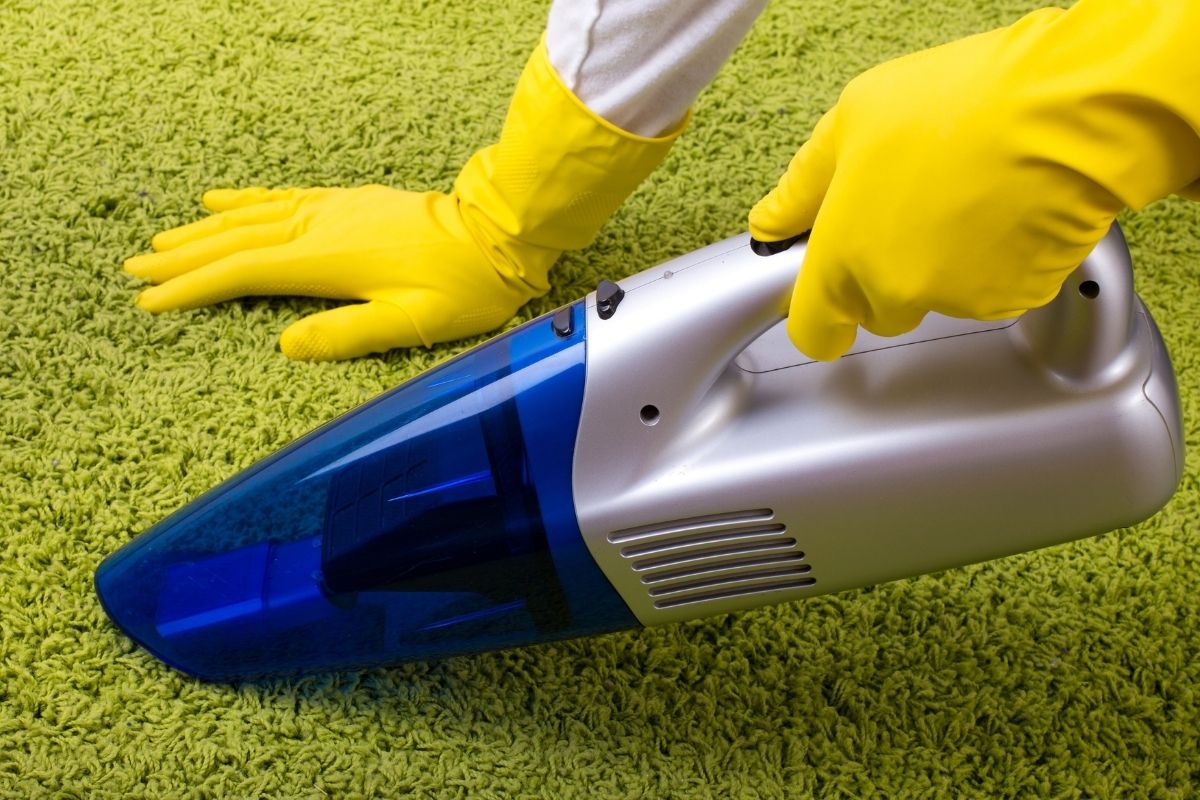Let’s answer this pressing question; can you vacuum broken glass?
Broken glass can be one of the most annoying things in the world, you break an ornament or a tumbler and suddenly there’s millions of tiny glass shards in places it should be impossible for it to get there.
Using a handheld brush is usually people’s first port of call, but you think you’ve brushed every tiny bit up and you still end up with a glass shard in your foot the next time you’re walking on the floor barefoot.
So when a handheld brush is no good, what’s left to do? Lots of people trying to clear up small shards of glass will turn to a vacuum, but is it safe to do so? Could the glass shards damage your vacuum?
The simple answer is that it depends on the type of vacuum. So in this article, we’re going to let you know about the types of vacuums that can handle broken glass and the ones that can’t, whilst giving you some tips so you can ensure your vacuum doesn’t become damaged from the shards.
What Type Of Vacuums Can Handle Glass?
You’re usually fine to vacuum glass if you have a handheld vacuum or a wet/dry shop vacuum.
Make sure to never vacuum glass if your vacuum has a flexible hose. Even if you have removed all the large shards of glass, the smaller ones can do irreversible damage to the hose, often cutting the inside of it.
Damage in the hose can mean that the vacuum will lose its suction, and well, we know that’s usually the beginning of the end for a vacuum.
Vacuums that are equipped with powerheads and brushes are typically bad for cleaning up glass, vacuums with brushes or rollers tend to push the shards around, so that they’ll end up in random spots in your home, or they get embedded in the roller and will fall out, and then you’re back in the same predicament you were in, in the beginning.
Newer vacuums are regarded as being able to handle broken glass much better than older versions, if they’re powerful enough and come without a bag then it should be absolutely fine to vacuum any glass.
The rollers on the bottom also won’t spread the glass around like the older versions will.
How To Safely Vacuum Broken Glass
So, you have a newer vacuum model and want to vacuum those pesky shards of glass before you get injured, but how do you ensure that you do it safely and don’t risk damaging your vacuum?
Well like we said, the best ones for the job are handheld vacuums or wet/dry vacuums, so we’ll outline how to safely vacuum glass for both of them.
How To Vacuum Glass With A Handheld Vacuum

1. Make Sure The Large Pieces Are Out Of The Way
To begin, you’ll want to ensure that any large pieces of glass that the vacuum won’t be able to suck up are gone.
You can do this by ever so carefully using your hands and gloves, making sure that you’re not touching any of the sharp edges and are taking the utmost care for yourself.
Or, if you’re worried that you’ll cut yourself, you can use a handheld brush and dustpan to sweep up larger pieces.
2. Using The Handheld Vacuum
As long as your handheld vacuum doesn’t have a flexible hose, you’re good to start vacuuming.
Ensure that you have the correct safety equipment on, since you’ll be working closely to the glass and the vacuum will be using suction to vacuum it up, it’s a good idea to wear eye protection, gloves and some shoes with strong soles.
It may seem like a stupid idea to wear eye protection, but getting glass in your eye is a real possibility, and it’s no joke!
3. Disposing Of The Glass
Once you have safely vacuumed all the shards of glass you possibly can, the next step is to carefully empty the collection cup into a thick bag to ensure it will completely seal the glass once you place it in the trash.
If your handheld vacuum uses a disposable bag, place the bag in the trash, even if it’s mostly empty.
How To Vacuum Broken Glass With A Wet/Dry Shop Vacuum

1. Remove The Larger Pieces Of Glass And Sweep Into A Pile
You’ll want to start by removing any of the larger pieces that won’t be able to be vacuumed.
After you’ve done this, sweep the remaining glass into a pile. Remember to wear protection for your eyes, hands and feet whilst you’re doing this.
2. Using A Low Setting, Vacuum The Remaining Glass
Make sure that you’re using a low setting when you’re beginning to vacuum the glass and move to a higher suction level to vacuum the smallest of shards.
Make sure to thoroughly check that you’ve gotten all glass, this can be done by using a bright flashlight or a LED light.
3. Dispose Of The Glass
Once you’re sure that you’ve vacuumed all the remaining bits of broken glass, it’s time to dispose of the glass in the vacuum.
Using a disposable collection liner will make clean-up a lot easier, so with that in mind, whilst wearing gloves make sure to safely dispose of the liner from the vacuum into a thick bag and place it into the trash.
Final Thoughts
Who’d have thought that vacuuming glass wasn’t as straightforward as it sounds?
Hopefully after reading this article you have more knowledge about the types of vacuums that can and can’t vacuum broken glass, and also how to safely vacuum up any smaller pieces of broken glass if you have a capable vacuum like a handheld vacuum or a wet/dry shop vacuum.
Remember to wear protection for your hands, feet and eyes when vacuuming or brushing the glass up, it’s vital that you take extra care when touching broken glass, as it can easily end in an injury.

